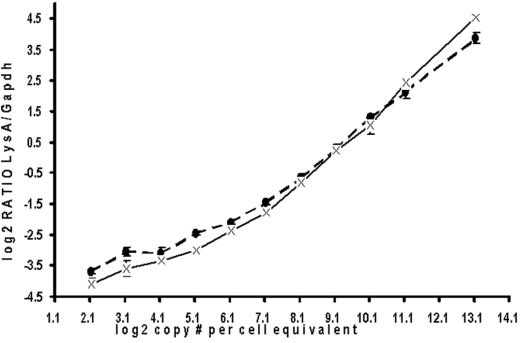Are the adverse effects of glitazones linked to induced testosterone deficiency?
Center for Sexual Medicine Center for Sexual Medicine Papers Are the Adverse Effects ofGlitazones Linked to InducedTestosterone Deficiency? Carruthers, M, TR Trinick, E Jankowska, AM Traish. "Are the adverse effects ofglitazones linked to induced testosterone deficiency?" Cardiovascular Diabetology7:30. (2008)http://hdl.handle.net/2144/2660Boston University

